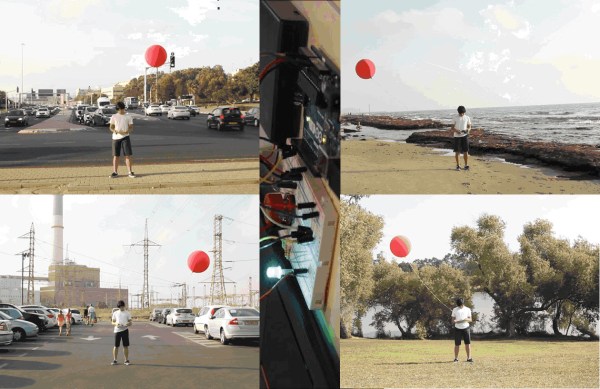Suppose you ran a website releasing many articles per day about various topics, all following a general theme. And suppose that your website allowed for a comments section for discussion on those topics. Unless you are brand new to the Internet, you’ll also imagine that the comments section needs at least a little bit of moderation to filter out spam, off topic, or even toxic comments. If you don’t want to employ any people for this task, you could try this machine learning algorithm instead.
[Ladvien] goes through a general overview of how to set up a convolutional neural network (CNN) which can be programmed to do many things, but this one crawls a web page, gathers data, and also makes decisions regarding that data. In this case, the task is to identify toxic comments but the goal is not to achieve the sharpest sword in the comment moderator’s armory, but to learn more about how CNNs work.
Written in Python, the process outlines the code itself and how it behaves, setting up a small server to host the neural network, and finally creating the webservice. As with any machine learning, you need a reliable dataset to use for training and this one came from Wikipedia comments previously flagged by humans. Trolling nuance is thrown aside, as the example homes in on blatant insults and vulgarity.
While [Ladvien] notes that his guide isn’t meant to be comprehensive, but rather to fill in some gaps that he noticed within other guides like this, we find this to be an interesting read. He also mentioned that, in theory, this tool could be used to predict the number of comments following an article like this very one based on the language in the article. We’ll leave that one as an academic exercise for now, probably.













